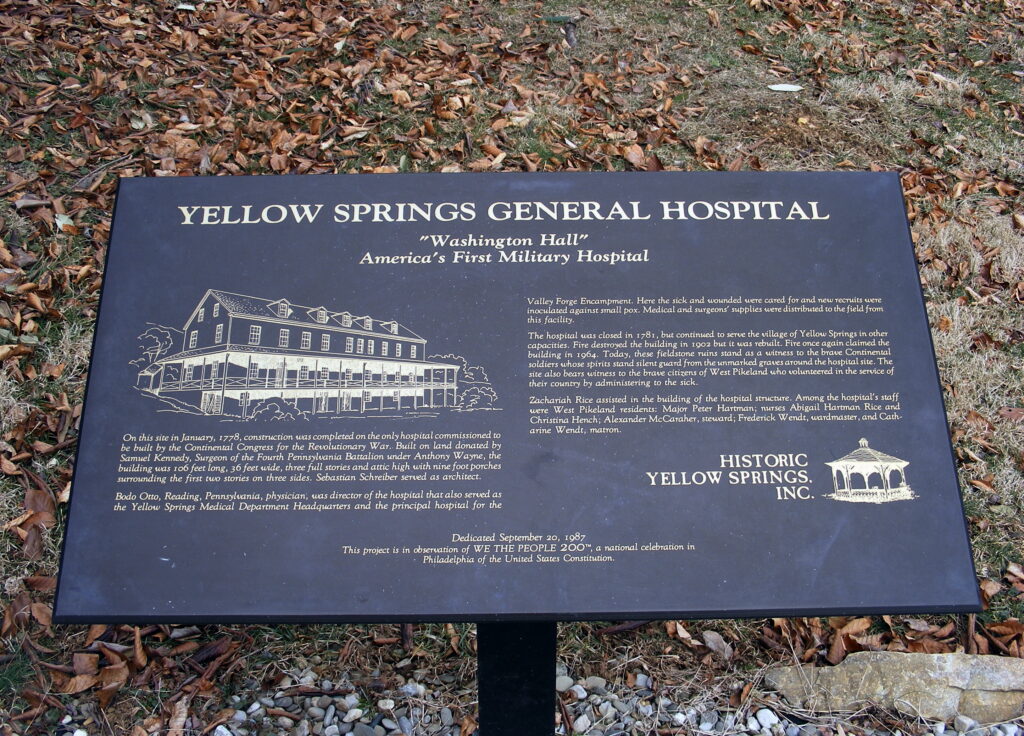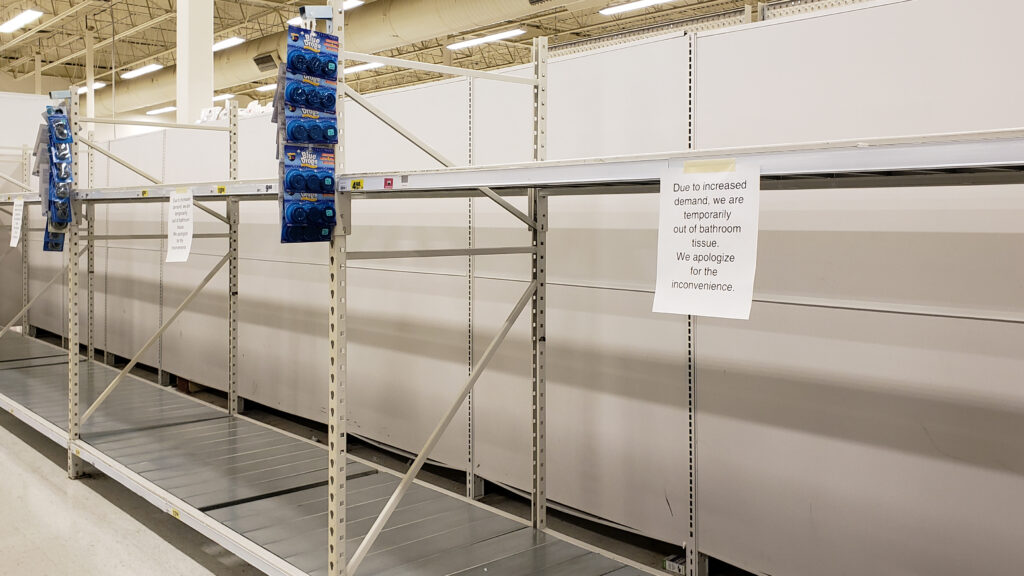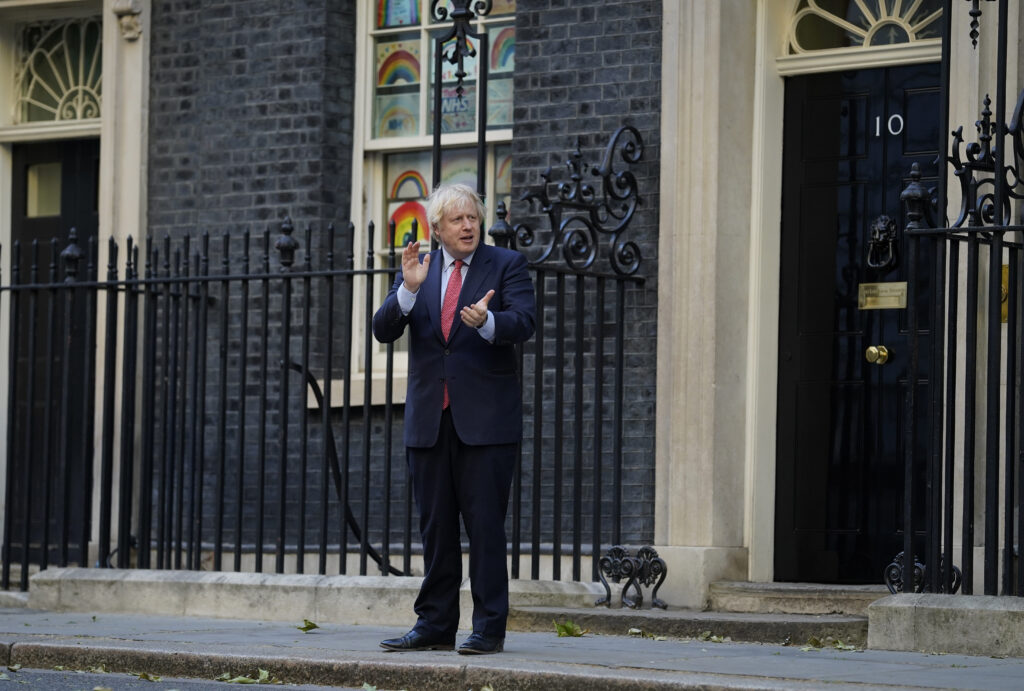In May 1780, surgeon Dr Bodo Otto wrote to the Continental Congress in desperation about the “deplorable Situation of the Hospital at the Yellow Springs.” The Yellow Springs military hospital in Pennsylvania had been established in 1778 during the Continental Army’s encampment nearby in Valley Forge. As the Revolutionary War moved south, the hospital had come to specialize in the “reception of those afflicted chiefly with cronick Disorders” – presumably those suffering from the painful long-term effects of amputations, bullet wounds, smallpox, typhoid fever, and other lingering camp diseases. However, Congress’ fiscal priorities had also apparently moved south, where the health crisis was more immediately obvious. “Our necessary Stores for the Sick are intirely exhausted”, Otto complained, with “no Money in the Hands of the purchasing Commissary to purchase fresh Provisions.” What’s more, the hospital staff had not been paid for seven months, nor had they been provided with any clean clothes. Exposed to a patchwork of infectious diseases and unhygienic conditions, these caregivers risked their own health daily, with no reward or incentive. According to Otto, they had reached their limit: “The Nurses and Orderlies refuse serving any longer, as they receive no pay.” He despaired: “Can it be supposed a Physician or Surgeon can … perfect a Cure under these circumstances? No they cannot” (Otto).

Reading Otto’s papers in 2022, on my first archival trip since the Covid-19 pandemic began, I could not help but notice a familiar tone. In his accounts of scarcity and neglect, and his desperate appeal for resources, I recognized the voices of countless sick and disabled people and caregivers speaking out about their experiences during the pandemic. When I started my PhD on caregivers in the American Revolutionary War in 2019, I had been hesitant about drawing comparisons between my research and contemporary issues, as the differences between eighteenth and twenty-first century understandings of disability, caregiving, and health ‘crisis’ are particularly stark. A year later, however, as societies across the world scrambled to mobilize care networks to manage Covid-19, the health crisis I was studying became increasingly difficult to separate from the health crisis we were all suddenly living through.
The role of resources, and the impact of their scarcity on disabled lives, was particularly conspicuous in both crises. During the Covid lockdowns, scarcities of PPE, vaccines, healthcare workers, and essentials like toilet paper, consistently mirrored dynamics I was seeing in sources from the Revolutionary War. Shortages of imported medicines, firewood, food, and blankets directly affected the severity of the wartime health crisis, exacerbated by the Continental Army’s lack of experience in organizing large-scale medical care. Caregivers struggled to keep sick and wounded soldiers and civilians alive in overcrowded, dirty, improvised hospital environments. Only a few physicians running the Continental Army medical department had any experience in organizing and resourcing a hospital, and hospital staff rarely had a full medicine chest at their disposal. Wounded soldiers frequently slept on scattered straw or directly on the ground in the absence of blankets. Their chances of fully recovering from the brutal musket and bayonet wounds they received in battle or virulent diseases like typhus, smallpox, and dysentery, were drastically reduced by the inadequacy of the army’s care.

Bodo Otto’s letter reveals the army’s neglect of the soldiers who had effectively been disabled from service in the war’s southern campaign by their lingering illness or impairment. By May 1780, the Continental Army had redirected most of their hospital resources towards South Carolina and the siege of Charlestown. Two months later, Otto sent another letter to the Quartermaster General indicating that the hospital’s shortages had worsened. He was now unable to source straw “for my patients Beds, but must do without, tho so very essential for their welfare.” The hospital had also lost its supplier of firewood due to the army’s lack of payment. As well as keeping soldiers warm, fire was essential for boiling water to wash, clean, cook, and prepare remedies in the hospital. Without it, Otto knew, the recovering soldiers “must inevitably suffer greatly” (Otto to Morgan)
This streamlining of care resources towards the epicentre of a health crisis, to the detriment of those needing more long-term care, is painfully familiar when reflecting on the experiences of disabled people during the pandemic. The UK government’s prioritization of NHS hospitals over social care providers in distributing PPE and Covid-19 test kits in the early months of 2020 allowed the virus to spread rapidly in care homes, directly leading to a disproportionate spike in Covid-related deaths among disabled people. In addition, the sheer volume of Covid patients requiring critical care from hospital staff caused life-threatening delays to urgent and routine medical procedures required by disabled people (House of Commons (1), (2)).
Equally familiar is the romanticization of caregiving labour during and after a health crisis. The #ClapForOurCarers campaign will be familiar to anyone living in the UK during the height of the Covid-19 pandemic, or the numerous other countries internationally where similar phenomena emerged (BBC). The weekly doorstep applause in appreciation of essential workers drew criticism as a solely performative gesture, romanticizing the labour of the country’s overworked and underpaid health and social care workers but stopping short of material support (Guardian). This discrepancy has become more apparent with the government’s continued failure to respond to demands for pay rises as the cost of living increases. During the Revolutionary War, army officials seeking caregivers and resources similarly emphasized the “humanity and publick spirit” of the “patriotic Ladies” who had already donated to the hospitals (Anonymous). Notices in newspapers entreated local civilian women to “cheerfully contribute to the relief of their sick and wounded brethren” by volunteering as nurses or collecting and curing medicinal herbs for the army, promising “good encouragement” (Carnes) In Otto’s letter, however, the caregivers at Yellow Springs are far from cheerful. It is telling that the nurses and orderlies finally withdrew their labour after seven months without pay. Whatever grisly conditions they had faced for those seven months, their patience ran out only when rations were so low that neither they nor their patients could eat.

Three years on, the devastation of Covid-19 is still being felt by disabled people, caregivers, and those who lost family members and friends. For the millions whose lives have been immeasurably disrupted, the recent pandemic is incomparable. The experience of trying to research and write about a historical health crisis amidst the constant exhausting presence of a modern health crisis makes the parallels difficult to escape. Whether we seek lessons or guidance from history, or simply note the throughlines in how disabled people and caregivers have experienced health crises, the Covid-19 pandemic will likely influence our study of the past for years to come.
References
Anonymous. 1775. “To the patriotic Ladies of the Town of Concord.” New England Chronicle, or Essex Gazette (Cambridge, Massachusetts), June 8, 1775.
BBC. 2020. “Coronavirus: Spain and Italy Applaud Health Workers.” BBC News, March 15, 2020. Accessed May 26, 2023. https://www.bbc.com/news/av/world-europe-51895386.
Carnes, Thomas. 1776. “Advertisement of the General Hospital, at New-York, for Nurses, General Hospital, at New York,” July 29, 1776 (Transcription). Accessed May 26, 2023. https://digital.lib.niu.edu/islandora/object/niu-amarch%3A103763.
The Guardian (UK). 2020. “NHS Workers Don’t Want Applause, They Want PPE.” Letters. The Guardian, April 19, 2020. https://www.theguardian.com/world/2020/apr/19/nhs-workers-dont-want-applause-they-want-ppe.
House of Commons Women and Equalities Committee (UK) (1). 2020. “Unequal impact? Coronavirus, Disability and Access to Services: Interim Report on Temporary Provisions in the Coronavirus Act, First Report of Session 2019–21.” HC 386. September 25. 2020. Accessed May 26, 2023. https://committees.parliament.uk/publications/2710/documents/27010/default/.
House of Commons Women and Equalities Committee (UK) (2). 2020. “Unequal impact? Coronavirus, Disability and Access to Services: Full Report Fourth Report of Session 2019–21 Report.” HC 1050. December 22, 2020. Accessed May 26, 2023. https://committees.parliament.uk/publications/4068/documents/40461/default/.
Otto, Otto. 1780. “To the honourable committee of Congress for conducting the medical department, the memorial of Bodo Otto, Surgeon of the hospital at the Yellow Springs.” May 19, 1780, Otto Family Documents, American Philosophical Society.
Otto, Bodo to John Morgan, Yellow Springs, August 26,1780, Otto Family Documents, American Philosophical Society.
Meg E. Roberts is a Ph.D. candidate at the University of Cambridge, researching caregiving, care networks, and health crises during the American Revolutionary War. She is interested in histories of disability, medicine, gender, sexuality, labor, and environment, primarily during the eighteenth and early nineteenth centuries. Her use of objects as a key source for interpreting the historical experiences of disabled people and their caregivers is informed by her professional work in the museum sector.